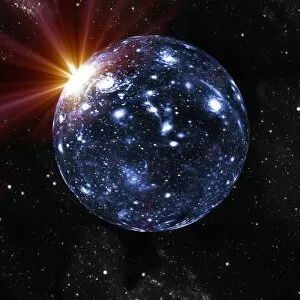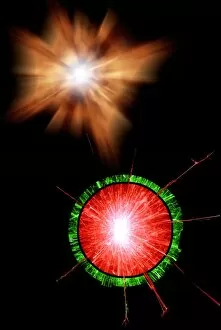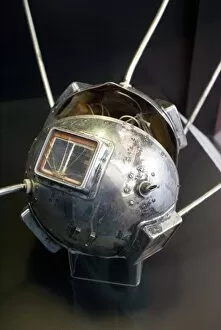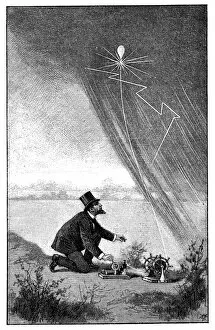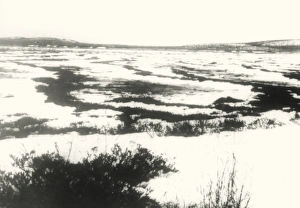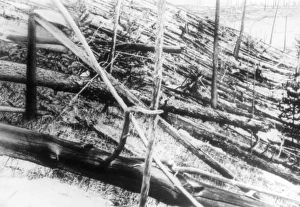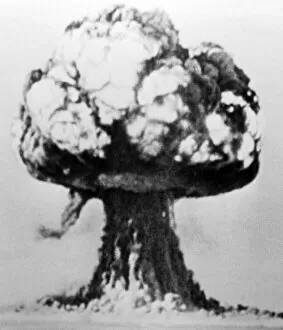Explosion Collection (page 90)
"Capturing the Power: A Spectacle of Explosions Unleashed" In the realm of art, explosions have been depicted in various forms throughout history
All Professionally Made to Order for Quick Shipping
"Capturing the Power: A Spectacle of Explosions Unleashed" In the realm of art, explosions have been depicted in various forms throughout history. From Norman Lindsay's mesmerizing portrayal of a star exploding to James Prinsep Beadle's vivid depiction of the Ulster Division under attack, these artworks encapsulate the sheer intensity and devastation caused by such cataclysmic events. Charles John De Lacy's masterpiece, "The Vindictive at Zeebrugge, " transports us to 1918 when this explosive assault unfolded during World War I. The image serves as a haunting reminder of the sacrifices made by brave soldiers amidst chaos and destruction. Moving forward in time, we witness Bruce Bairnsfather's poignant WWI cartoon titled "A Miner Success. " This clever illustration sheds light on the dangerous conditions faced by miners who were tasked with detonating explosives underground during wartime. Shifting our gaze beyond Earth, we encounter a stunning composite image capturing the Crab Nebula. This celestial explosion showcases nature's ability to create breathtaking beauty even within its most violent moments. Not limited to war or natural phenomena, explosions also find their place in entertainment. Rik Mayall and Adrian Edmundson immortalized these fiery bursts through their comedic brilliance as the Dangerous Brothers on Saturday Live. Their explosive performances left audiences roaring with laughter. Taking flight into aviation history, we marvel at Hendon Aerial Pageant where daredevil pilots showcased aerial stunts that thrilled spectators while pushing boundaries within controlled explosions and pyrotechnics displays. Artistic interpretations extend further into space as well; supernova they are brought to life through captivating artwork that captures both their destructive force and awe-inspiring magnificence. History reminds us that not all explosions occur on land or in space; tragedy struck aboard steamboat Sultana in 1865 when it exploded near Helena. This disaster claimed countless lives and stands as a somber testament to the devastating consequences of an explosion gone wrong. In contrast, H.





